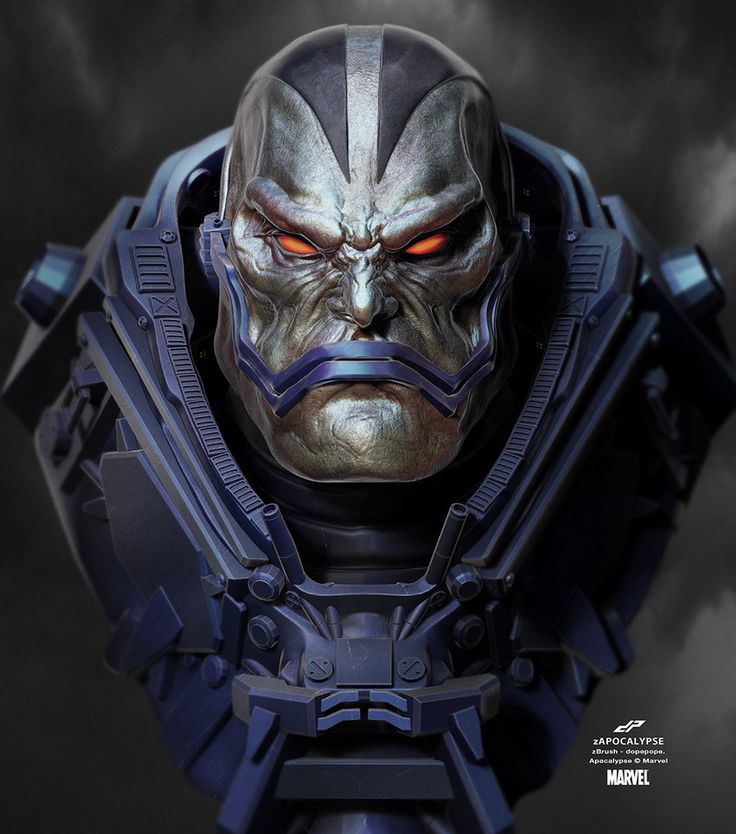Villain Apocalypse: Understanding The Rise Of Antiheroes In Modern Media
The concept of a "villain apocalypse" has become increasingly prevalent in modern media, captivating audiences with stories that revolve around antiheroes and morally ambiguous characters. This phenomenon reflects a shift in storytelling where traditional heroes are often overshadowed by complex villains who challenge the norms of heroism. In this article, we will explore the origins of the villain apocalypse, its implications in literature and film, and how it resonates with contemporary societal issues.
As we delve deeper into this topic, we will analyze the characteristics that define these villains, the impact they have on narrative structures, and the psychological appeal they hold for audiences. By examining various examples from popular culture, we aim to uncover why the villain apocalypse has become a dominant theme in storytelling and its significance in shaping our understanding of morality.
Join us on this journey as we dissect the intricate layers of villainy, the allure of the antihero, and how this narrative trend reflects broader societal changes. Ultimately, we will provide insights into what the future may hold for villains in media and the ongoing evolution of storytelling.
Table of Contents
- 1. Introduction
- 2. Defining the Villain Apocalypse
- 3. Historical Context of Villainy in Media
- 4. Characteristics of Modern Villains
- 5. The Psychological Appeal of Antiheroes
- 6. Cultural Impact and Societal Reflections
- 7. Case Studies of Iconic Villains
- 8. Conclusion
1. Introduction
The rise of the villain apocalypse marks a significant transformation in how narratives are constructed in contemporary media. Unlike the traditional narratives where heroes triumph over evil, stories now often present a world where villains are complex, relatable, and occasionally sympathetic. This shift has led to a deeper exploration of moral ambiguity and the human condition.
2. Defining the Villain Apocalypse
The term "villain apocalypse" refers to a narrative trend that emphasizes the dominance of villainous characters in stories, often leading to a world where traditional heroes are either absent or flawed. This trend can manifest in various forms, including films, television shows, and literature.
2.1 Key Features of the Villain Apocalypse
- Complex Character Development
- Moral Ambiguity
- Flawed Heroes
- Societal Reflection
3. Historical Context of Villainy in Media
To understand the villain apocalypse, we must look back at the historical context of villains in literature and media. From classic literature to modern cinema, villains have often served as obstacles for heroes. However, as storytelling evolved, so did the portrayal of these characters.
3.1 Evolution of Villains
Throughout history, villains have transitioned from one-dimensional antagonists to multi-faceted characters with rich backstories and motivations. This evolution reflects a growing interest in psychological depth and the complexities of human nature.
4. Characteristics of Modern Villains
Modern villains possess distinct characteristics that set them apart from traditional portrayals. Understanding these traits is crucial to grasping the appeal of the villain apocalypse.
4.1 Common Traits of Modern Villains
- Relatability
- Charisma
- Tragic Backstories
- Intellectual Prowess
5. The Psychological Appeal of Antiheroes
One of the key reasons behind the popularity of villains is their psychological appeal. Audiences often find themselves drawn to characters who challenge societal norms and embody traits that resonate with their own struggles.
5.1 Exploring Antihero Psychology
Characters like Walter White from "Breaking Bad" or Loki from the Marvel Universe exemplify the internal conflicts faced by antiheroes, making them both fascinating and relatable to viewers.
6. Cultural Impact and Societal Reflections
The rise of the villain apocalypse also mirrors societal changes and cultural shifts. As audiences grapple with complex issues in the real world, the portrayal of antiheroes allows for a safe exploration of darker themes.
6.1 Villains as Social Commentary
Through their narratives, villains often serve as a reflection of societal fears, injustices, and the struggle for power, making them relevant and impactful.
7. Case Studies of Iconic Villains
To illustrate the concept of the villain apocalypse further, let’s examine some iconic villains in modern media who embody these characteristics.
7.1 The Joker
The Joker, particularly as portrayed in "The Dark Knight," exemplifies the chaotic nature of villainy and the philosophical questions surrounding morality and order.
7.2 Thanos
Thanos from the Marvel Cinematic Universe presents a complex villain whose motivations are rooted in a twisted sense of balance and justice, challenging the audience’s perception of right and wrong.
8. Conclusion
In conclusion, the villain apocalypse represents a significant shift in storytelling, emphasizing the complexity of villainous characters and their relevance in contemporary society. As audiences continue to seek depth and relatability in narratives, the rise of antiheroes highlights a broader exploration of morality and human nature. We encourage readers to reflect on their favorite villains and share their thoughts in the comments below. What do you think about the impact of the villain apocalypse on modern storytelling?
Thank you for exploring the fascinating world of villains with us. We hope you found this article insightful and engaging. Don't forget to check out our other articles for more discussions on media and storytelling!
Mastering Starfield: Essential Tricks And Tips For An Unforgettable Experience
Transformers Megan: The Rise Of A New Era In The Transformers Franchise
RCT Gojo: The Ultimate Guide To Understanding Gojo Satoru And His Impact On Anime Culture


